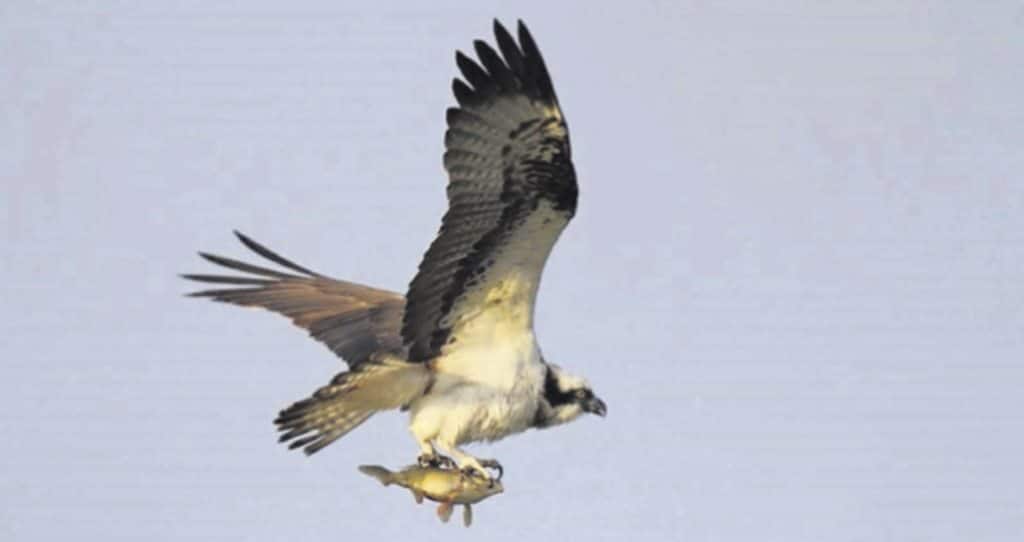
“Currently we only have located a pair of winches on Masca beach; We can no longer speak of threat, but of extinction”, says Isabel García, Minister of the Natural Environment of the Council of Tenerifejust after environmental agents carried out a surveillance campaign by sea in the Acantilados de los Gigantes, trying to make the boats aware of making as little noise as possible, controlling their speed and not approaching the coast beyond that of Masca , to preserve the natural environment of the osprey, which so far this century has gone from half a dozen pairs to just one, at least controlled, according to the minister.
The guirre is the main species on the verge of extinction in the Canary Islands -there are no longer any specimens in the eastern islands-, but it is not the only one in that area of western Tenerife, because the guirre and the giant or spotted lizard are also in danger. At the beginning of the century, seven couples were recorded in the Teno massif out of the approximately 18 that existed in the entire Canary Islands. Two years ago there was already talk of only two couples in Tenerife and one in the north of La Gomera. The proliferation of recreational boats in Los Gigantes has been one of the triggers for the progressive disappearance of this species, which only feeds on fish and, like the shearwaters, are disoriented by the lights and noise of the boats. Hence the campaign of the environmental agents of the Cabildo to protect this species, increased at Easter, but which is normally carried out from February to August to preserve the breeding of the species, which in recent years has also added a new enemy: the drones. “There are many foreigners, and also natives -explains Isabel García-, who fly these devices in protected areas and in ravines, something that is totally prohibited”.
It is not ruled out that there could be another couple. Of which there is knowledge, it is ringed and controlled, so much so that Isabel García announced that she is waiting to take one of the hatchlings – “normally they lay two or three eggs and it is rare that they are all saved” – to the center of La Tahonilla wildlife recovery, to “try to raise it there and be able to guarantee its survival, later, in the environment, trying to prevent extinction from being consumed,” he remarked.
The nests, on many occasions very voluminous, are built on ledges of sea cliffs facing southwest and west, where the state of the sea for much of the year is optimal for this bird of prey to make its fishing hauls. In Tenerife, the guinchos can be seen on the northwest, southwest and south slopes, although their breeding territory is only found on the cliffs of the Teno massif, where between two and five pairs have been present so far this century, slightly less on the northern cliffs of La Gomera. There is no evidence that they fly between islands.
















